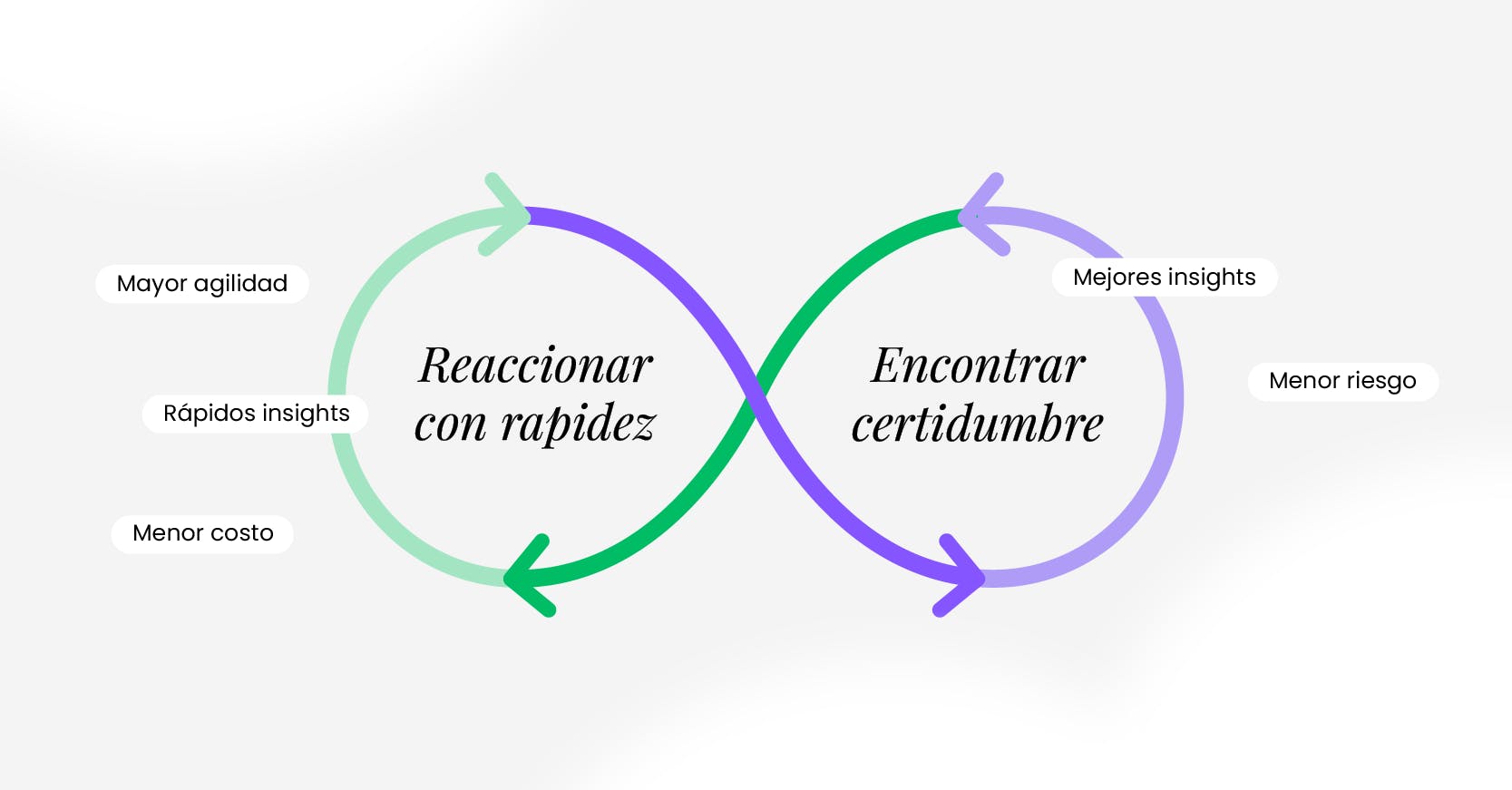



In marketing, we work with two types of variables: those we can control and those we can't. However, the growing number of uncontrollable variables forces us to review how we design our analytics strategies. In this article, we explore a methodological framework that allows marketers to determine which tools are available to tailor their strategies to their analytics needs.
IN THIS ARTICLE
In recent years, marketing planning has become a leap of faith. We project based on "normal" scenarios, and a few months later, reality changes. Inflation. New regulations. Changes in algorithms. Wars. Pandemics. Artificial intelligence. What seemed certain in January becomes uncertain in March.
This isn't an exaggeration. It's a sign of the times. And if you're dedicated to marketing analysis or planning, you know this better than anyone. The question is no longer whether there will be disruption. The question is how prepared we are to react or anticipate when it happens.
In marketing, we always work with two types of variables:
The difficulty lies in that the latter strongly affect the former. A well-targeted campaign can fail if purchasing behavior changes. Increased costs can arise from factors we didn't even know how to measure.
This is the heart of uncertainty: the growing weight of uncontrollable variables over which we do have control. And this forces us to review how we design our analysis strategies.
A possible first response is to optimize our reaction capacity. When the environment changes, we must move quickly. This strategy prioritizes three things:
This is the option many teams choose in contexts of crisis or extreme uncertainty: cut expenses, adjust investments, save the quarter. Key capabilities for designing a rapid reaction strategy:
This strategy is especially useful when there is little room for error and short-term operational decisions need to be made.
The second strategy is to build more robust and predictable scenarios, even if it takes longer. Here, the focus is on:
This is the strategy for those who can't afford superficial answers. CEOs, CFOs, growth and planning teams who need to justify every investment and anticipate the impact of their decisions. To find certainty, the key capabilities and tools are:
This isn't a strategy for moving quickly. But it is a strategy for regaining control when there are too many variables at play.
These strategies aren't mutually exclusive. They're two lenses for looking at the same problem. The important thing is to know when to use each one, and to have the skills to do so.
A good way to evaluate this is to cross-reference two axes:
Do this with your team and ask: Which of these strategies did we prioritize last year? Did we respond more from urgency or from anticipation? Where are our strengths and weaknesses today?
Beyond choosing a strategy, it's key to have a framework that organizes the conversation.
Identify the 3Vs of your data: What volume do you handle? How quickly do you need to respond? What variety of sources are you using?
Review the maturity of the insights you're generating: Are you only reporting KPIs? Are you generating recommendations? Are you predicting scenarios?
Evaluate your analytics stack: Do your tools allow you to answer key questions? Can your team access insights without friction? Do you have the necessary capabilities, or are there gaps?
For example, at Bunker, we apply this methodology to analyze which products we should develop based on our customers' needs. To do this, we create a simple two-way table. In the rows, we list our products. In the columns, we list the features our customers highlight for each product. These results can be analyzed with a simple radar chart:


This framework is simple but powerful. It allows you to talk with your team beyond tools and talk about capabilities.
Uncertainty isn't going to disappear. No dashboard can eliminate a crisis. But having a strategic approach to analysis can make the difference between improvising and leading.
It's not about predicting the future. It's about preparing for different possible futures. And for that, you need an analytical strategy that combines reaction and anticipation, speed and depth, efficiency and vision.
That's not a luxury. It's a condition for remaining relevant.

Federico Kalos
CMO @ Bunker DB
1/9